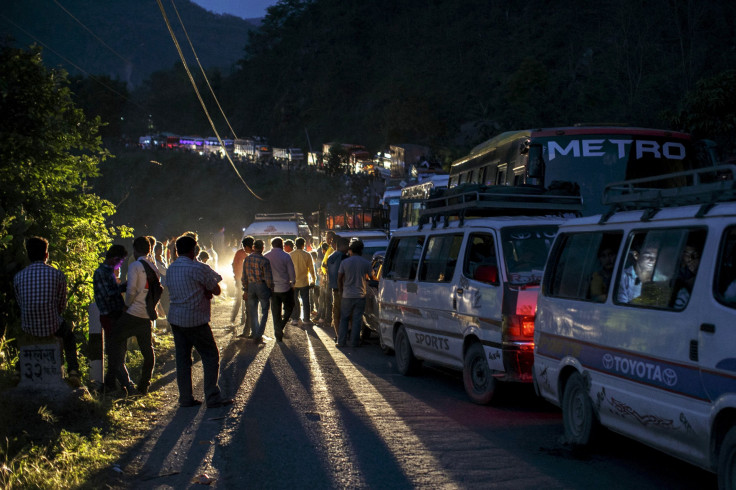Nepal Earthquake Video 2015: Footage Shows Devastating Aftermath Of Country’s ‘Nightmare’ Quake

Video from the aftermath of the Nepal earthquake has emerged online depicting the damage caused by a massive 7.8-magnitude tremor that struck the country Saturday, an event that sent shockwaves through the international community. The footage shows multistory buildings, homes and traditional temples reduced to piles of rubble, as well as an avalanche triggered by the shaking on Mount Everest that killed 18 climbers and injured dozens of others.
Nepal’s largest earthquake in nearly eight decades has decimated cities and villages and left local aid groups scrambling to reach survivors with much-needed emergency supplies. Officials have confirmed the deaths of more than 4,000 people, a number they expect to rise as search-and-rescue crews continue to pull victims from the rubble. By some estimates, the death toll could surpass 10,000 and infrastructure repairs could total as much as $10 billion. Officials described the cultural costs of the earthquake as “incalculable” as a result of heavy damage to several ancient temples and squares, many of them UNESCO World Heritage sites.
Aftershocks continued to rock Nepal Monday, three days after the initial quake. By Monday morning, the region had experienced 55 aftershocks, according to Indian officials. The shaking sent survivors in Nepal’s capital, Kathmandu, running from their homes and into the streets out of fear their homes could collapse. "The aftershocks keep coming ... so people don't know what to expect," Sanjay Karki of the global aid group Mercy Corps told CBS News. The city is made up mostly of poorly built brick apartment buildings. "All the open spaces in Kathmandu are packed with people who are camping outdoors. When the aftershocks come, you cannot imagine the fear,” Karki said.
Tent cities have sprung up in and around Kathmandu as many of the city’s 1 million residents were left homeless.
The region sits atop the India plate, which bumps up against the Eurasia plate -- a collision that, millions of years ago, led to the formation of the Himalayas -- and is one of the most seismically active places on Earth. Seismologists have long predicted that the “big one” was on its way and warned that the region was underprepared. “It was sort of a nightmare waiting to happen,” seismologist James Jackson of the University of Cambridge in England told the Associated Press. “Physically and geologically what happened is exactly what we thought would happen.”
To most everyone else, however, Saturday’s earthquake came as a complete surprise. Watch video footage below from the aftermath of the quake.
This drone footage shows the scale of destruction following the #NepalEarthquake http://t.co/HNluRj1DLE
— Sky News (@SkyNews) April 27, 2015© Copyright IBTimes 2025. All rights reserved.






















